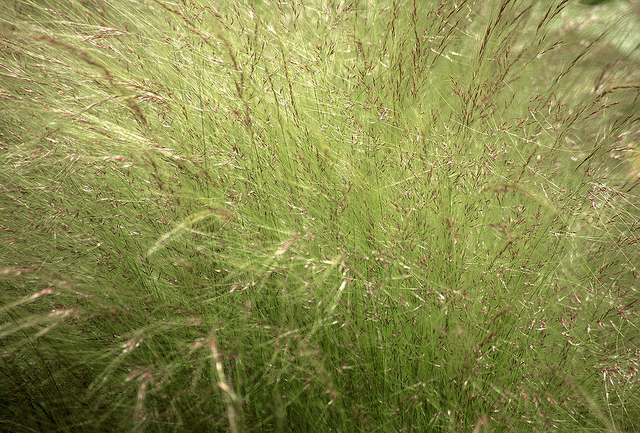Cytokinins, auxins, and gibberellins are three important plant hormones that play crucial roles in plant growth, development, and overall health.
Cytokinins are primarily involved in promoting cell division and growth, and are known to delay the ageing of plant tissues. They help regulate various processes such as leaf expansion, shoot growth, and root development. Adequate levels of cytokinins are necessary for healthy plant growth, but excessive amounts can lead to abnormal growth patterns.
Auxins are primarily involved in regulating plant growth and development. They are responsible for promoting cell elongation and differentiation, and help control the direction of growth in the plant. Auxins also play an important role in tropisms, which are growth responses to external stimuli such as light or gravity. Adequate levels of auxins are necessary for healthy plant growth, but insufficient amounts can result in stunted growth.
Gibberellins are primarily involved in promoting stem and leaf elongation, as well as seed germination and flowering. They help regulate various physiological processes such as cell division, cell elongation, and enzyme activation. Gibberellins also play an important role in the development of fruits and seeds. Adequate levels of gibberellins are necessary for healthy plant growth, but excessive amounts can lead to abnormal growth patterns.
Overall, these three hormones work together to ensure healthy plant growth and development. The levels of each hormone must be carefully balanced to ensure optimal growth and function of the plant. A disruption in the balance of these hormones can lead to various plant health problems, including abnormal growth patterns, stunted growth, and poor yield.

